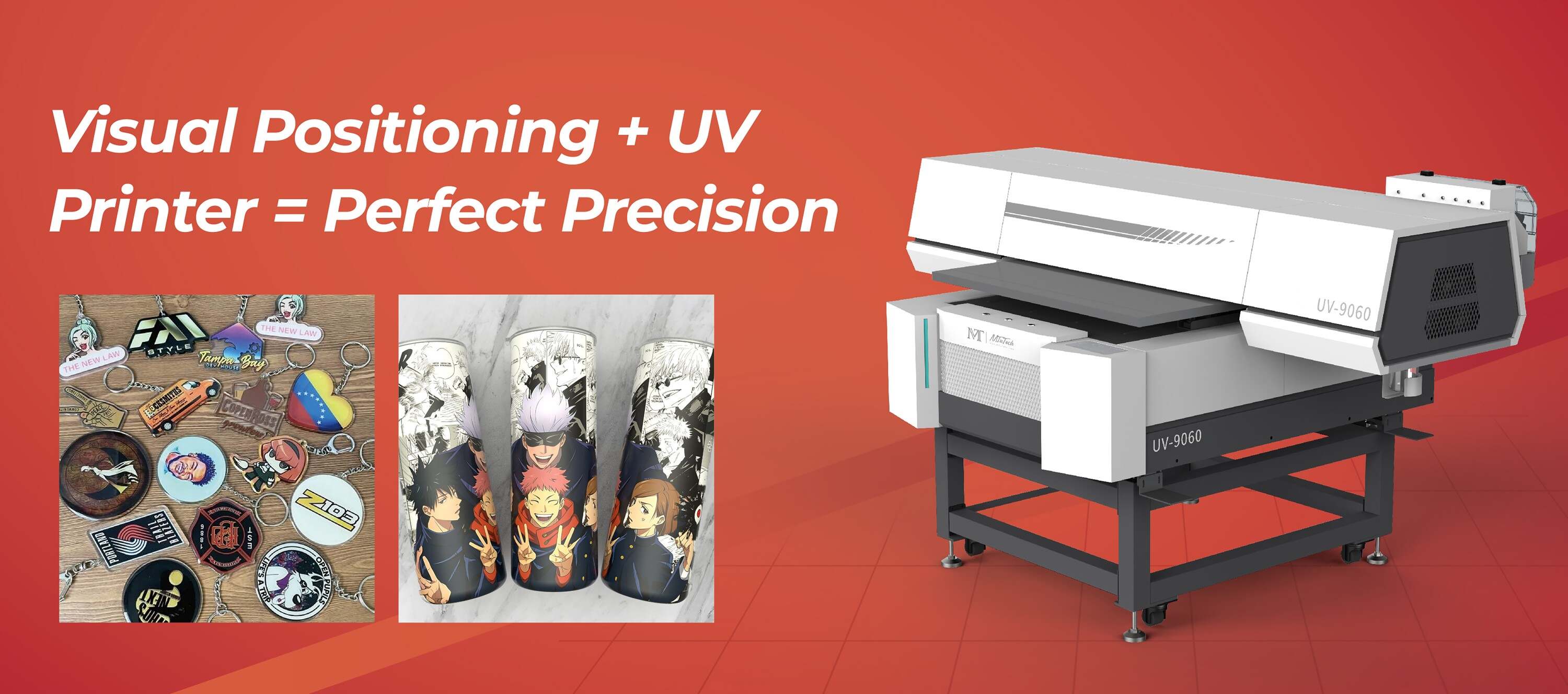 UV printers are capable of stunning detail, but only if properly calibrated. Without regular calibration, even the most advanced UV printer can produce banding, color shifts, or alignment issues that degrade print quality and waste materials.
UV printers are capable of stunning detail, but only if properly calibrated. Without regular calibration, even the most advanced UV printer can produce banding, color shifts, or alignment issues that degrade print quality and waste materials.
Why UV Printer Calibration Matters
• Maintains color consistency across print jobs
• Eliminates banding and streaks in solid areas
• Improves print head alignment for sharper images
• Reduces material waste by avoiding misprints
When to Calibrate
- After initial setup
- After changing ink types or print heads
- Monthly as preventive maintenance
- If print quality issues appear unexpectedly
Step-by-Step UV Printer Calibration Guide
1. Check Mechanical Alignment
- Inspect rails, belts, and carriage movement for looseness or friction.
2. Print a Nozzle Test Pattern
- Run this through your printer’s control panel or RIP software.
- Look for broken lines or faded areas that indicate clogged nozzles.
3. Perform Print Head Alignment
- Use your printer’s built-in head alignment wizard.
- Follow prompts to adjust both uni-directional and bi-directional accuracy.
4. Adjust Ink Density and Droplet Size
- Fine-tune in RIP software settings to match media type.
- Ensure smooth gradients and consistent fills.
5. Color Calibration
- Use ICC profiles specific to your ink and substrate.
- Invest in a spectrophotometer if your business demands exact color matching.
6. UV Lamp Position and Power Settings
- Ensure UV lamps are evenly positioned and not under- or over-curing the ink.
Calibration Tips
• Use genuine parts and ink recommended by your printer manufacturer.
• Keep your RIP software and firmware updated.
• Store calibration test results for future reference.
• Always test with the media you most frequently use.
A well-calibrated UV printer ensures every print is as sharp, vibrant, and professional as the last. [Click here](https://www.mtutech.com/HybridPrinter2000/HybridUVPrinterMT-UV2000HR-1014.html) to learn how MTuTech’s UV printers make calibration easy and efficient for perfect output.
